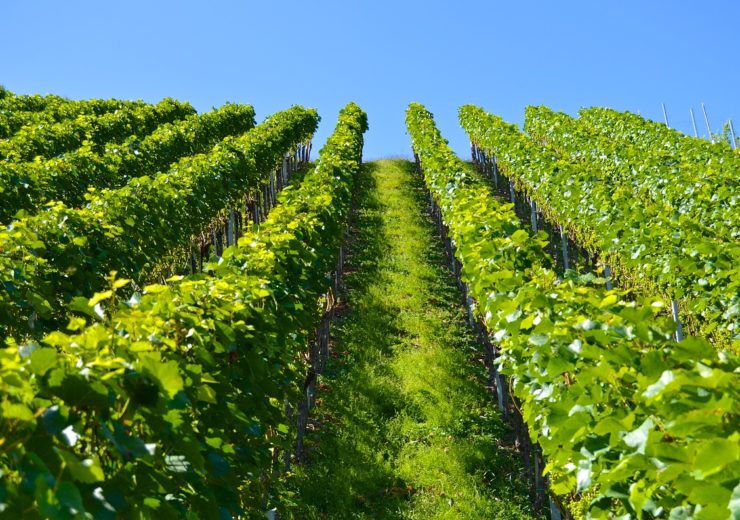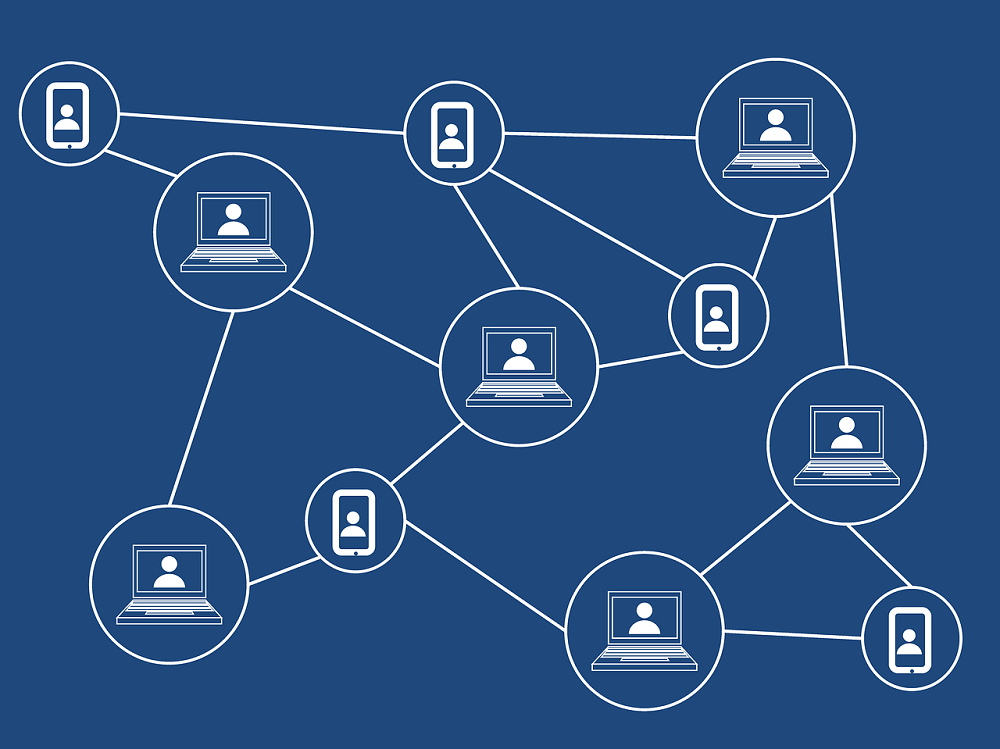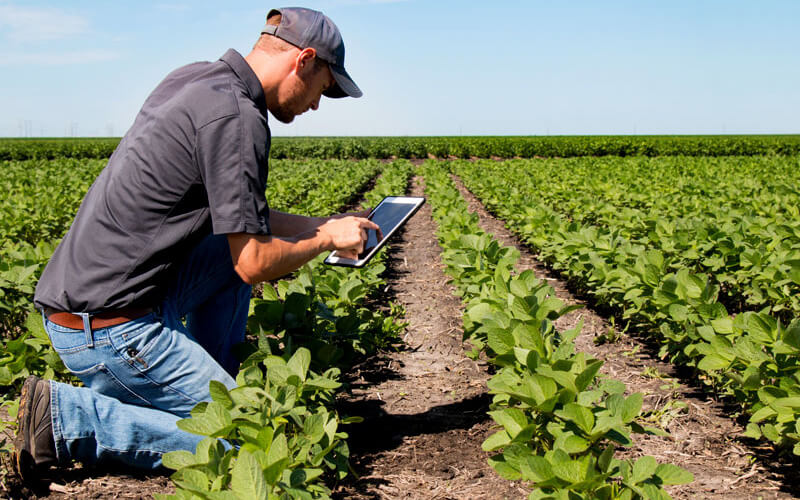Smart sensors can detect crop disease, monitor soil quality and optimise cellar temperatures to maximise wine quality

Pests and crop disease is posing an economic threat to vineyards
The challenges to the wine industry are stacking up meaning the advent of new technology has arrived at an important time. Ashiss Dash, global head of services, utilities, resources and energy at Indian IT consultancy Infosys, explains the role of the internet of things and data analysis
Viticulture is an age-old industry, but new advancements in the internet of things (IoT) are helping vineyards to improve efficiency and produce higher quality wines through real-time data analysis and precision recommendations.
Challenges in the wine industry
The wine industry is facing various challenges.
Variability in climate and uncertainty of irrigation has affected the viability of some large wine grape production regions across the globe.
The economic impact caused by pests and crop diseases is also significant.
The annual cost of worldwide crop loss due to plant disease is estimated at $60bn, while in Australia the impact of pests and diseases to the Australian wine industry is estimated at 251m Australian dollars ($169m).
Globally, wine consumption has declined over the past decade, but consumers’ interest has shifted to the quality of wine and the way it is produced.
Sustainable viticulture is therefore influencing consumer purchase motivations and consequently changing growing practices.
Meanwhile, regulatory compliance for supplying to international markets is adding to the growing complexity in the industry.
Growing role of technology in the wine industry
IoT can help address these challenges, using sensors to transform farms into intelligent systems that can sense and communicate climactic, environmental and other operational practices and risks.
Data from the sensors is combined with information from other sources, such as historical data on vineyard characteristics and previous vintage results, to underpin informed predictions.

Vineyards can leverage weather stations, soils sensors and drones to collect information on moisture, nitrogen content, biomass index, soil electrical conductivity, weed and disease affliction – using principles of IoT to compare them against expected growth stage.
This comparison helps farmers get the right advice at the right time to apply the right inputs such as fertilisers, fungicide, herbicides and irrigation plans.
The aim is “precision viticulture”, where optimising daily operations means IoT can quickly reduce labour costs and make farms more efficient, while longer term the technology will provide a valuable way to prevent devastating loss through diseases and pests.
IoT sensors can help irrigation
A significant measure in precision viticulture is the level of water in the vine – when a vine lacks water it tends to restrict the maturation of the grapes.
IoT sensors measuring soil moisture can help winegrowers understand the areas where roots are taking up the most water, helping to monitor the effect of rainfall and, particularly in New World vineyards, irrigation.
Harvesting the grapes should be done as quickly as possible to avoid changes to the taste and to maintain the quality – therefore predicting the optimum time for picking is important.
Crop input and soil quality
Understanding and monitoring environmental factors, including air and soil temperature, pH, rainfall and the exposure to UV and solar radiation, can directly improve production practices, including where to plant for the best results.
IoT can identify and monitor areas with distinct climactic conditions in order to produce a unique wine.
Vineyards can also take advantage of next generation precision planters to aid farmers relying on technology for higher yield.
Technology in the wine industry can help prevent diseases and pests
The economic impact of crop diseases to the wine industry can be devastating.
Pesticides are expensive and, if not applied at the right time, can sometimes cause more damage or be useless.
In order to prevent huge losses, IoT is increasingly valuable in monitoring and predicting the risk of grape crop diseases so that precise, just-in-time treatment can be administered.

By equipping the vineyard with sensors to monitor key parameters, including ambient temperature, wind speed, relative humidity, leaf wetness, soil moisture and rainfall, early warning systems can sense and communicate disease risk on an hourly basis.
For example, Infosys is developing a “Speaking Vineyard” solution, designed to detect Downy Mildew disease – one of the top three diseases causing significant economic impact to the wine industry.
These insights can be provided to various stakeholders in viticulture.
This includes insights centred on farm economics and commercial produce in case the risk manifests into the disease.
Other insights include essential components for strategic management of the disease, including prediction of infection based on weather events, monitoring the vineyard for symptoms of infection and predicting the disease cycle.
IoT sensors in cellars improve wine quality
Beyond the vineyard itself, IoT can be used in wine cellars to monitor the ageing of the wine – including the key factors of temperature, light and humidity.
Temperature is particularly important as even slight fluctuations impact the oxidation of the wine, which strongly affects the quality.
By making the cellar connected, managers can understand when tiny fluctuations occur and correct them before any damage is done.
